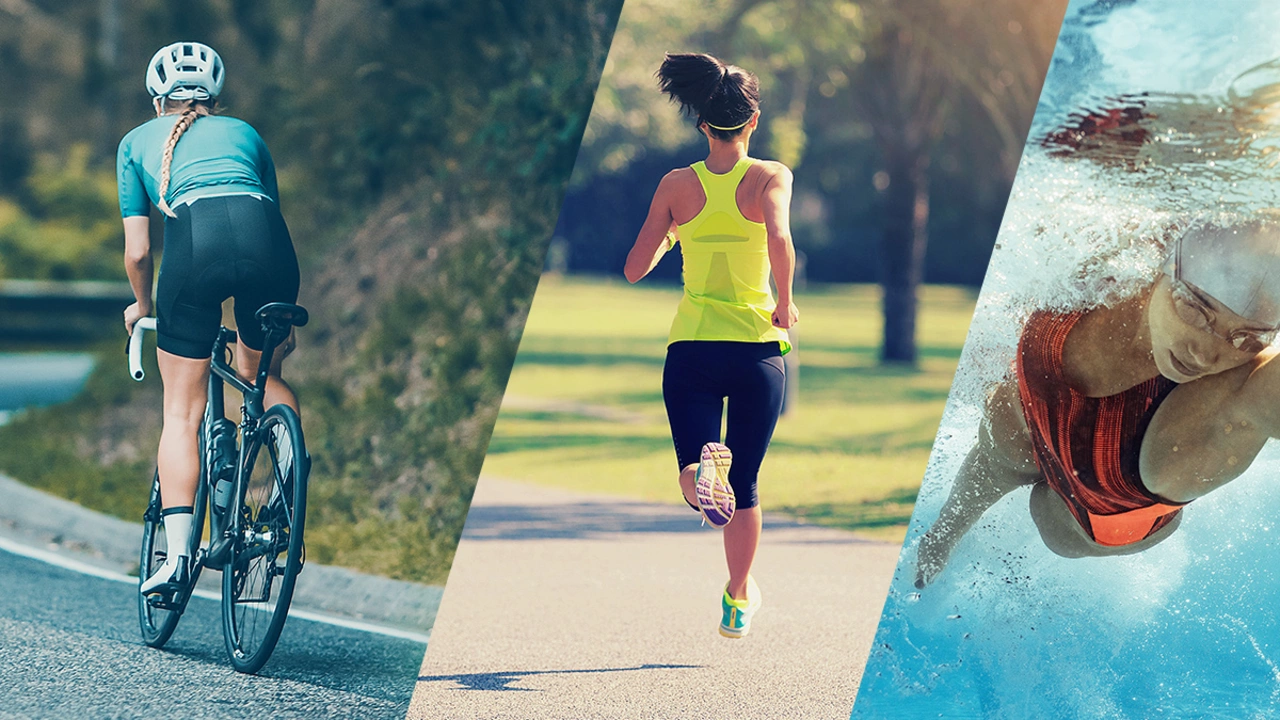The Interconnection Between Cycling and Running
From the outside looking in, cycling and running may appear to be two completely different sports. But, in reality, they share more similarities than differences. Both activities demand cardiovascular endurance, leg strength, and mental toughness. As a runner, adopting a cycling regimen can enhance these skills and improve your running performance. Here's how.
Cycling Enhances Cardiovascular Endurance
Just like running, cycling is an aerobic activity that increases your heart rate and helps strengthen your cardiovascular system. By using different muscle groups, cycling can help you increase your endurance without the risk of overworking the muscles you use for running. This can lead to a stronger heart and lungs, which can result in improved running performance.
Building Muscles with Cycling
Cycling is a great way to build muscles in your lower body. While running mainly targets the hamstrings, cycling works out a wider range of muscles, including the quadriceps, glutes, and calves. By strengthening these muscles, you'll notice a significant improvement in your running form and speed.
Low-Impact Benefits of Cycling
One of the major advantages of cycling is that it's a low-impact activity. This means that it places less stress on your joints compared to running. By incorporating cycling into your training, you can give your joints a break while still maintaining your fitness level. This can help you prevent injuries and prolong your running career.
Cycling Improves Running Form
Another way cycling can make you a better runner is by improving your running form. The circular motion of cycling can help improve your range of motion and promote a more efficient running stride. This can lead to less energy expenditure and faster running times.
Improves Mental Toughness
Both running and cycling require a significant amount of mental toughness. Dealing with the pain and discomfort during long rides can help you develop the mental strength needed to push through tough runs. This mental toughness can be the difference between finishing a race strong or not finishing at all.
Active Recovery with Cycling
Using cycling as a form of active recovery can greatly benefit runners. Active recovery is when you do a less intense workout to help your body recover from a tough exercise. Cycling is perfect for this because it's low-impact and uses different muscles than running. This allows your running muscles to rest while you still get a good workout.
Cycling Increases Speed
By building stronger muscles and improving your cardiovascular endurance, cycling can help you become a faster runner. The cross-training effect of cycling can lead to improved running efficiency, which can translate into faster running times. So, if you're looking to shave off some time from your personal best, you might want to consider hopping on a bike.
How to Incorporate Cycling Into Your Training Routine
To enjoy these benefits, it's important to incorporate cycling into your training routine in a balanced and effective way. Begin with one or two cycling sessions per week, and gradually increase the intensity and duration of your rides. Remember, the goal is not to replace running with cycling, but to use cycling as a tool to enhance your running performance.

Write a comment